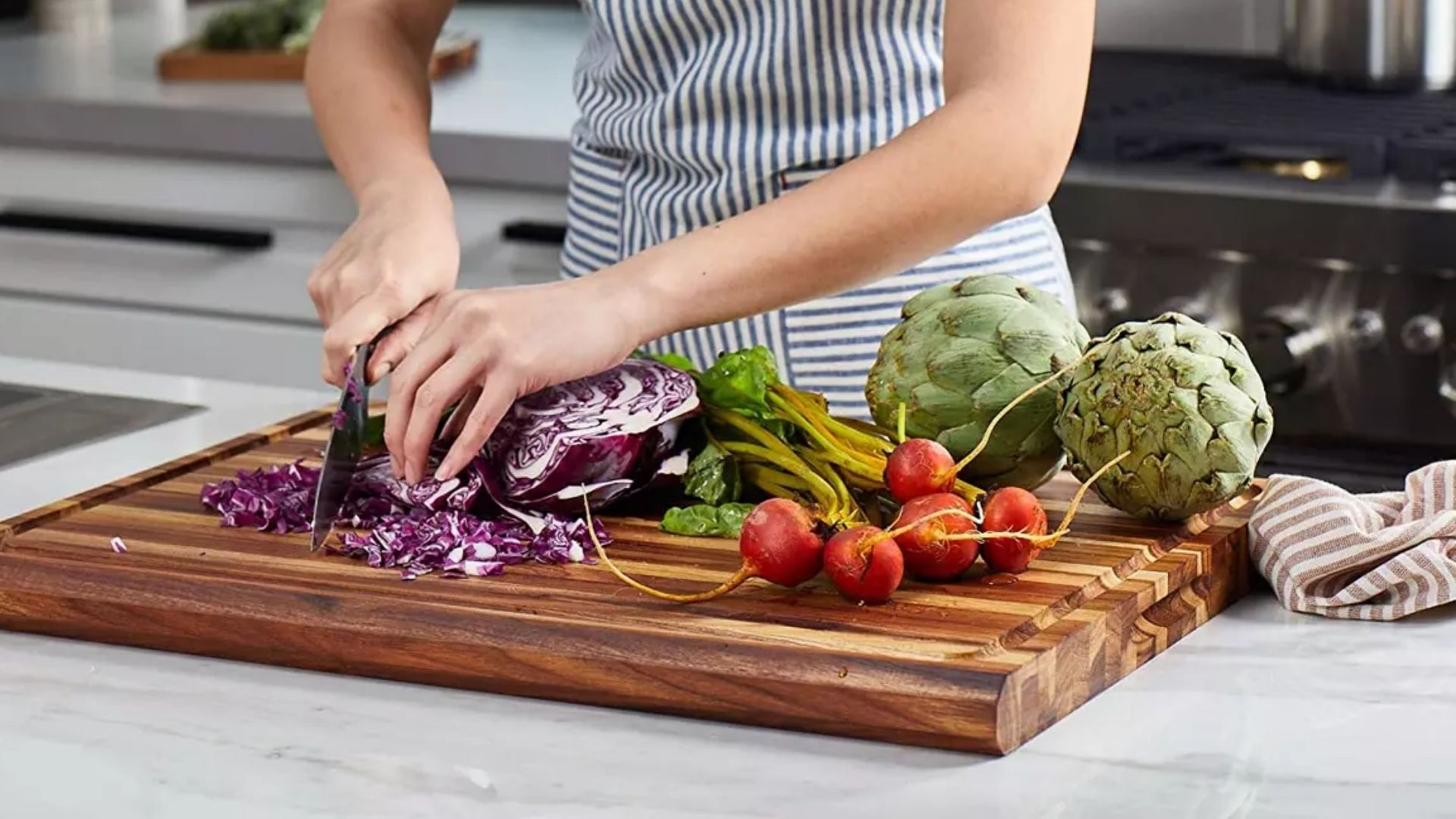How to Make a Cutting Board from One Piece of Wood: Barbecue Enthusiasts' Guide
Written By James Morgan
Whether you're a seasoned barbecue enthusiast or a weekend warrior, a good cutting board is indispensable. For those who cherish the authenticity and durability of wooden tools, learning how to make a cutting board from one piece of wood can be particularly rewarding. In this guide, we will dive deep into the process, ensuring your handcrafted cutting board becomes the star of your next barbecue.

Why Choose One Piece of Wood
Crafting a cutting board from a single piece of wood has several advantages. First, it offers unmatched durability and stability. Secondly, it reduces the risk of the board coming apart over time, a common issue with laminated boards. Finally, working with one solid piece gives a unique, rustic charm that barbecue enthusiasts love.

Materials and Tools
Essential Materials
- One Solid Piece of Wood (recommended types: maple, walnut, cherry)
- Food-grade mineral oil
- Sandpaper (various grits: 80, 120, 220)
- Wood conditioner or beeswax
- Clamps
- Wood glue (if needed for minor repairs)
Necessary Tools
- Table saw or handsaw
- Orbital sander or sanding block
- Router (optional, for edge detailing)
- Measuring tape or ruler
- Pencil or marking tool
- Chisels (optional, for fine detailing)

Preparing the Wood
The first step in creating your cutting board is choosing the right type of wood. Hardwoods like maple, walnut, and cherry are excellent choices due to their fine grain and hardness. Once you've selected your lumber, measure and mark the dimensions of your cutting board. A standard size is around 12x18 inches, but this can vary according to your preference.
Inspection and Initial Cuts
Inspect the wood for any imperfections or cracks and plan your cuts to avoid these areas. Using a table saw or handsaw, trim the wood to the desired size, ensuring all edges are straight.

Shaping and Smoothing
Once the board is cut to size, the next step involves shaping and smoothing. If you have a router, use it to round off the edges for a smooth finish. Sanding is crucial; start with 80-grit sandpaper to remove any rough spots, proceed with 120-grit, and finish off with 220-grit for a silky-smooth surface.
Regularly wipe the board with a damp cloth during sanding to remove dust and check for any missed spots.
Finishing Touches
After youve sanded your cutting board to a fine finish, its time to condition the wood. Apply a generous amount of food-grade mineral oil to the surface and allow it to soak in overnight. This step is crucial as it protects the wood from moisture and food stains. After the oil has been absorbed, buff the board with a cloth for a beautiful sheen.
For an extra protective layer, apply a mixture of beeswax and mineral oil. Rub it on the board, let it sit for a few hours, and buff it off. This will give your cutting board a long-lasting, water-resistant finish.
Maintenance Tips
Your handcrafted cutting board deserves proper care to maintain its beauty and functionality. Always hand wash your wooden cutting board with mild soap and warm water. Never soak it or put it in the dishwasher as this can cause warping.
Every few months, reapply mineral oil to keep the wood hydrated. If you notice any deep cuts or gouges, a light sanding followed by oiling will restore its surface.
Getting Rid of Odors
Wooden cutting boards can sometimes retain strong odors from garlic or onions. To neutralize these smells, sprinkle coarse salt over the board and scrub it with half a lemon. Let it sit for a few minutes before rinsing with warm water and allowing it to dry completely. For more detailed steps on eliminating odors, refer to our guide on removing onion smells.
Why a Wooden Cutting Board?
Wooden cutting boards, especially those made from a single piece of wood, offer a unique blend of durability and aesthetics. Compared to plastic boards, wood is gentler on knives and has natural antimicrobial properties. For a more detailed comparison of wood vs. plastic cutting boards, check out this article.
FAQs
Can I use any type of wood for making a cutting board?
No, it's best to use hardwoods like maple, walnut, or cherry. These woods are dense and less likely to harbor bacteria.
How often should I oil my cutting board?
Its recommended to oil your cutting board every few months or whenever it starts to look dry. Regular oiling keeps the wood hydrated and extends its life.
Can I use my wooden cutting board immediately after making it?
Yes, but it's a good idea to let the final oil application sit and absorb fully before initial use. This ensures optimal protection and longevity for the board.
As an Amazon Associate, I earn from qualifying purchases.



